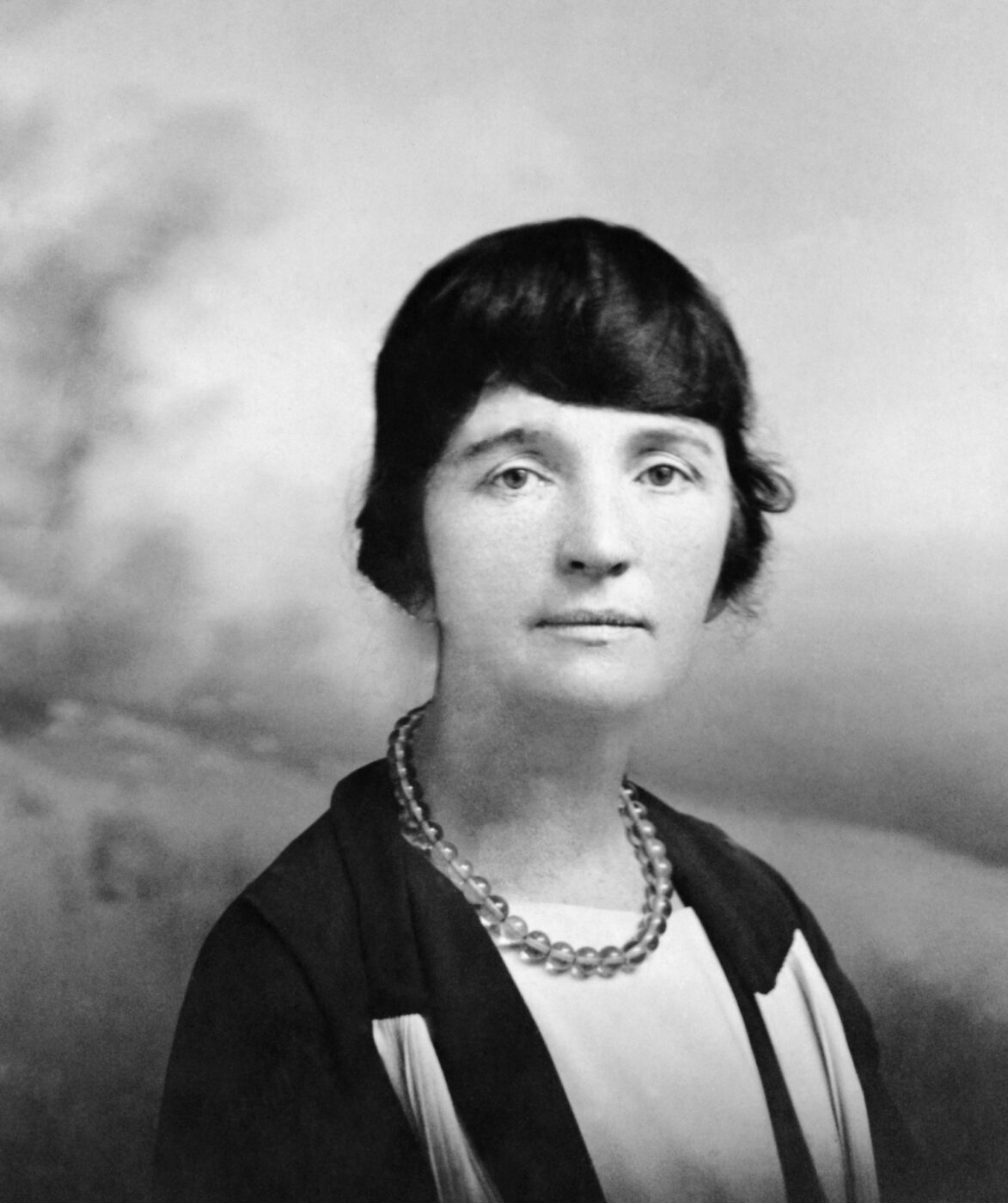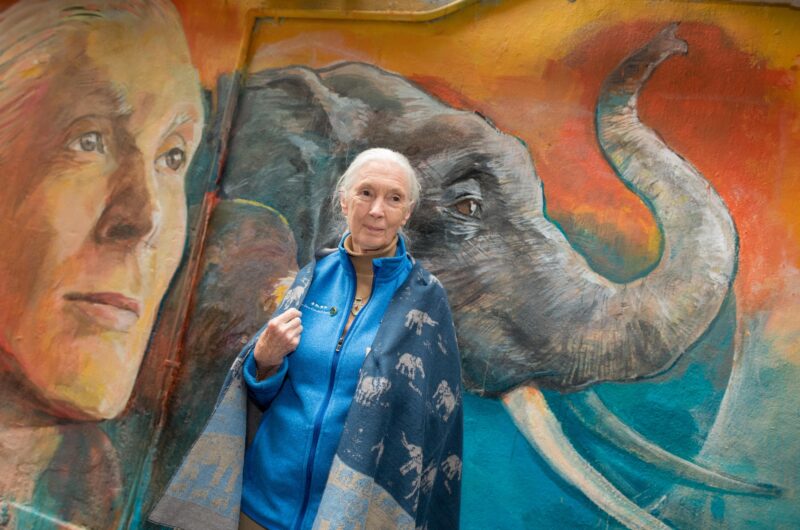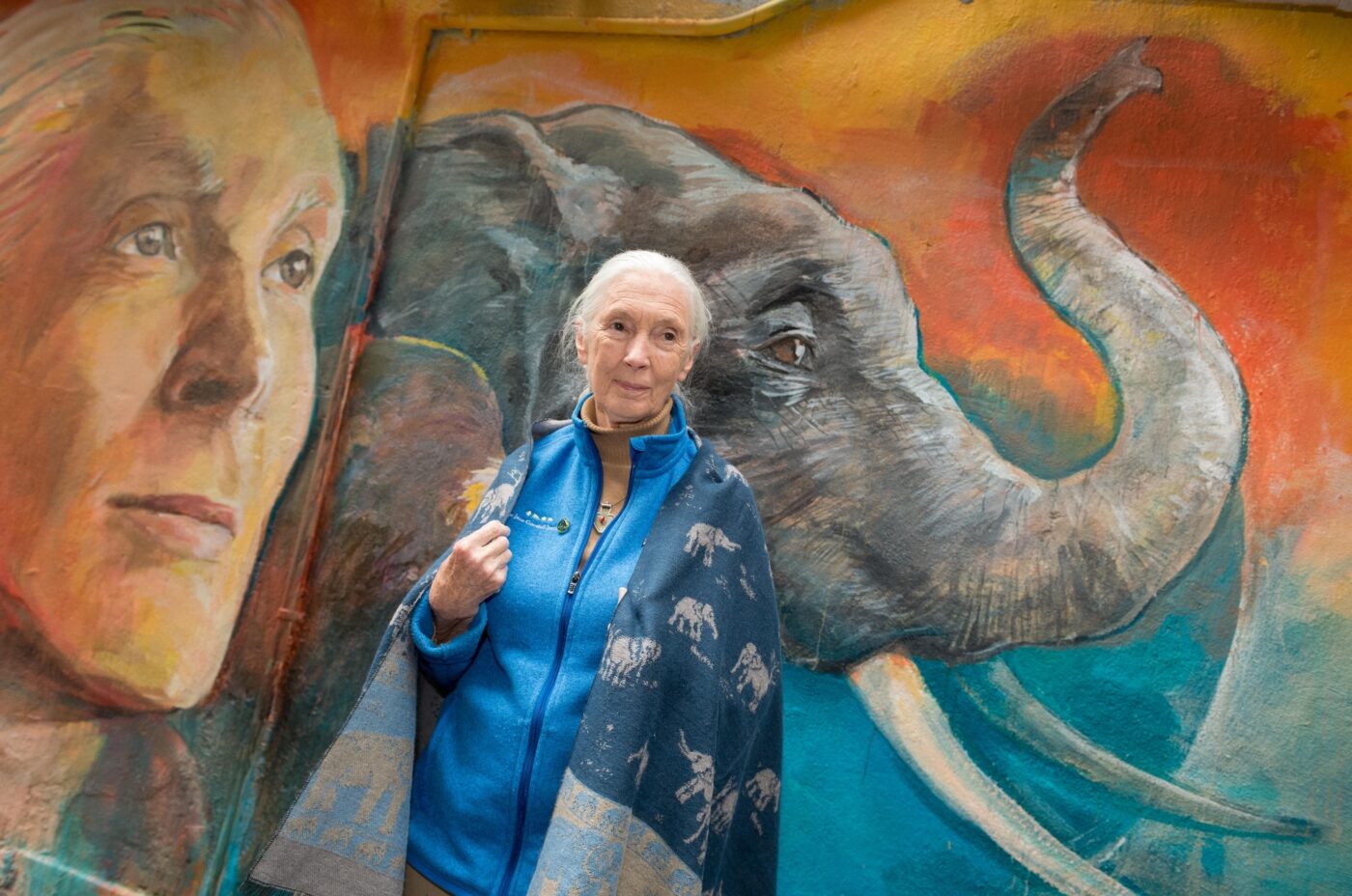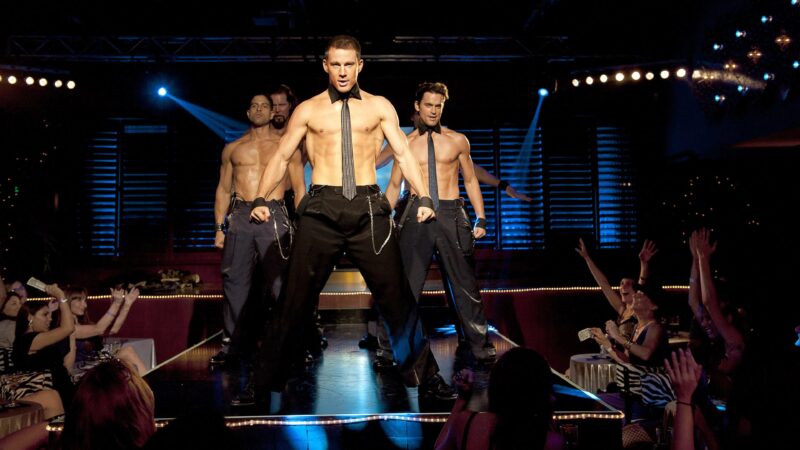The modern environmental justice movement is rooted in the common goal of ensuring a healthy and equitable planet for all.
Representation is integral to these efforts, bringing together the people disproportionately affected by environmental crises—often along race and class lines—to have a say in a path forward. Women are central to this work, as gender plays an outsized, though historically under-studied, role in who is most affected by the negative health impacts from imperiled ecosystems. Sexuality, especially as it relates to reproductive health, is a major component of environmental injustices: Various environmental hazards have been proven to cause miscarriages and birth defects, among a host of other health issues. The problem is compounded by ongoing gender inequality and a lack of access to resources and decision-making power. All the while, the effects of the climate crisis exacerbate inequality by further marginalizing vulnerable groups, including impoverished communities, women, and children.
This also means women are in a unique position to seek justice out on these issues. Time and again, that’s exactly what we’ve seen: women turning their vulnerabilities into mobilization; connecting the dots between social issues and environmentalism and fighting for the protection and conservation of air, land, and water in their own communities. Women put themselves on the frontlines to speak out against corporate polluters, call for sensible regulations, and amplify voices of the underrepresented.
Much environmental justice work is also connected to a concept of eco-feminism: that environmental and social justice are inseparable and the exploitation of the natural world and the marginalization of women are directly related.
On the heels of Women’s History Month, and as we head into Earth Month, Playgirl celebrates 10 trailblazing American women who either spearheaded the modern American environmental movement, are continuing the fight, or both.
Margaret Sanger (1879-1966)
Margaret Sanger’s legacy is centered on her historic work beginning in the 1910s to make birth control legal and accessible. But her advocacy for reproductive rights also served as a nontraditional means to pursuing environmental justice: specifically, her estimation that explosive population growth would have devastating effects on the environment and could threaten finite natural resources. Sanger saw birth control as a cure for working-class women’s sexual subservience to men, a way to mitigate the vicious cycle of poverty and a preventative measure for overcrowding and negative environmental impacts.

Margaret Sanger • Photo: Everett Collection Inc/Alamy.
Marjory Stoneman Douglas (1890-1998)
Marjory Stoneman Douglas was a force of nature. The author, civil-rights activist, conservationist, journalist and fierce proponent of women’s suffrage is much of the reason Florida’s Everglades still exist. Her 1947 book The Everglades: River of Grass has been compared to the force of Rachel Carson’s Silent Spring in terms of its impact on public opinion about conservation.
Her environmental work ran parallel to social advocacy. In 1948, while serving on the Coconut Grove Slum Clearance Committee, Douglas learned the racially segregated section of Coconut Grove was without running water or sewer hookups. She successfully helped pass legislation that ensured every Miami home had a toilet and bathtub.
Rachel Carson (1907-1964)
Marine Biologist and writer Rachel Carson made a name for herself by disputing the widely held assumption at the time that humans could dominate the natural world with chemicals and warfare. Her skepticism of the route modern science was taking—including efforts to travel through space—sparked inspiration for a resulting environmental movement.
Carson’s 1962 book Silent Spring revealed the many dangers of pesticides to all manner of flora and fauna, notably songbirds. Her work led directly to the banning of DDT and the creation of the EPA.
Jane Goodall (b. 1934)
Jane Goodall is a household name for her groundbreaking primatology research, as well as her conservation work. The Jane Goodall Institute, founded in 1977, supported Goodall’s ongoing research as well as chimpanzee protections and environmental preservation. Roots & Shoots, begun in 1991, is a program within the institute that nurtures conservation efforts by young people.

Jane Goodall • Photo: Jayne Russell/Alamy.
Hazel M. Johnson (1935-2011)
Hazel M. Johnson, known as the mother of the environmental justice movement, launched early activism efforts that revealed powerful links between civil rights and environmental health. She fought relentlessly to expose the effects of industrial pollutants on nearby communities, starting with her own: a housing project called Altgeld Gardens on the South Side of Chicago.
When Johnson learned that her neighborhood had the highest cancer rate in the city, she began investigating and discovered links between health problems among residents and the landfill Altgeld Gardens was built on. She founded People for Community Recovery in 1979 to enlighten people living at Altgeld Gardens about toxic waste while also empowering the community to enact change.
Johnson went on to collaborate with the EPA and was part of a team of activists who successfully urged President Clinton to sign the Environmental Justice Executive Order.
Peggy Shepard (b. 1946)
Peggy Shepard is the co-founder and executive director of WE ACT for Environmental Justice, a nonprofit formed in 1988 that fights for environmental protections to create healthy communities in Northern Manhattan. The organization invites and encourages the participation of people of color and low-income residents in the creation of equitable environmental policy and practice in their communities.
Shepard’s work brought her national recognition: She was the first co-chair of the White House Environmental Justice Advisory Council and the first woman chair of the National Environmental Justice Advisory Council to the EPA.
Dr. Dorceta Taylor (b. 1957)
Esteemed environmental sociologist Dr. Dorceta Taylor’s research and body of work illuminates the relationship between environmentalism and social issues. Her brilliant book The Environment and the People in American Cities offers a close examination of the intersections of race and class and environmental inequality. Taylor’s efforts helped to shape the field of environmental justice by shining a light on marginalized communities bearing the brunt of environmental hazards and the climate crisis more broadly—and the desperate need for environmental policies that protect these communities.
Winona LaDuke (b. 1959)
Winona LaDuke made a name for herself with her unshakeable commitment to preserving tribal land and returning it to Indigenous communities, as well as her work with sustainable development.
LaDuke’s groundbreaking investigation into the effects of uranium mining in Navajo reservations, under the leadership of artist and activist Jimmie Durham, revealed that resultant contamination from the mining caused cancer and miscarriages. She helped to found the Indigenous Women’s Network in 1985 and created the White Earth Land Recovery Project in 1989. LaDuke also banded together women from 30 different tribal communities through Women of All Red Nations to publicize intersectional problems facing the Indigenous community—from toxic waste and forced sterilizations to poverty and higher-than-average rates of stillbirths, childhood deaths, cancer, and miscarriages.
Erin Brockovich (b. 1960)
Erin Brockovich stands as inspiration for anyone who felt they were too small to make a difference. A paralegal in the ‘90s working for attorney Ed Massry, Brockovich was central to constructing a case against Pacific Gas & Electric Company in 1993 that involved the company contaminating groundwater in Hinkley, California. The case was settled in 1996 for $333 million—the largest settlement ever paid at that time in a direct-action United States lawsuit.
Since then, Brockovich has continued her work as a consumer advocate, and environmental activist. Today she is president of Brockovich Research & Consulting and does consultant work for legal firms.

Julia Roberts as Erin Brockovich • Photo: Universal Pictures.
Miya Yoshitani (b. 1969)
Miya Yoshitani grew up with a father who worked as an environmental engineer, cleaning hazardous waste sites that were located in close proximity to communities of color facing poverty. Yoshitani folded those experiences into her life’s work that focuses on community organizing and fighting for environmental justice. Today, she serves as the executive director of the Asian Pacific Environmental Network, which supports Asian immigrant and refugee communities in California to achieve just that.
Among APEN’s accomplishments are multiple successful campaigns that kept fossil fuel companies from encroaching on neighborhoods, provided affordable housing to seniors, and led to the development of clean infrastructure projects in low-income communities of color.






